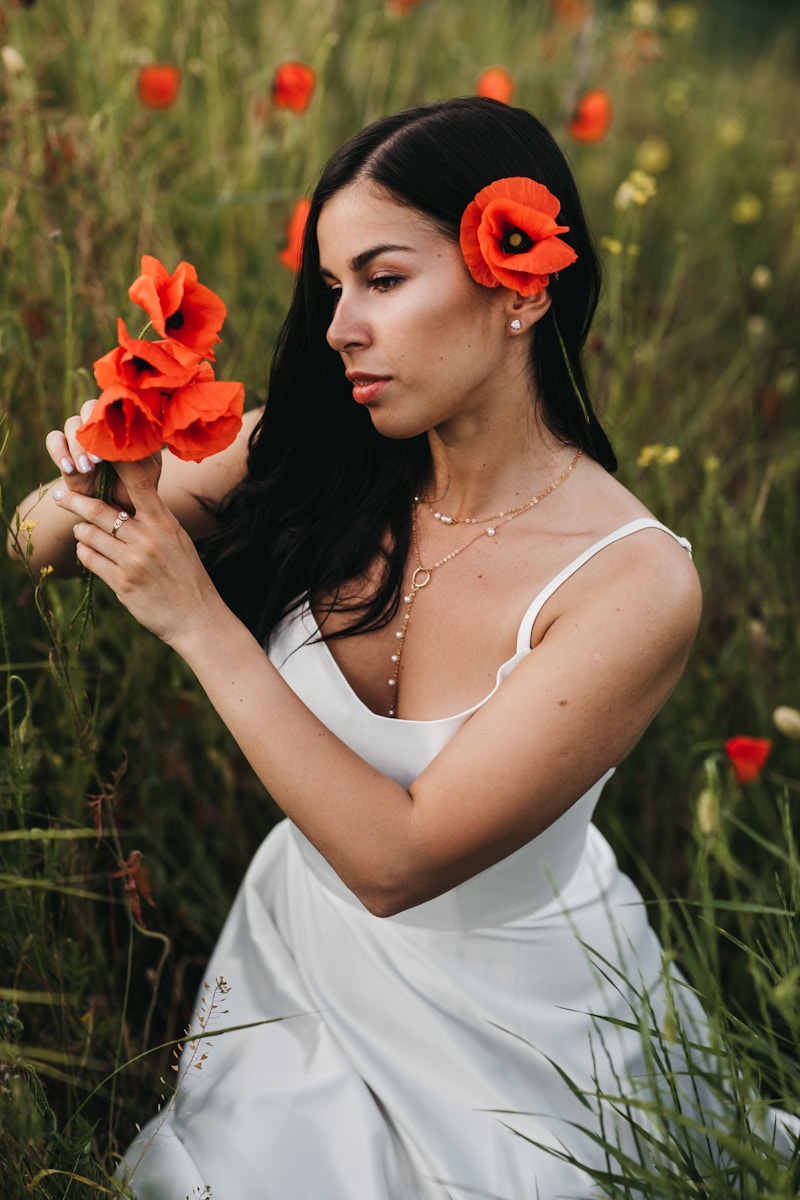The Fascinating Evolution of Wedding Customs Across Cultures
The Fascinating Evolution of Wedding Customs Across Cultures
Understanding the Evolution of Wedding Customs
Weddings have long been considered a significant rite of passage across various cultures worldwide. These ceremonies not only symbolize the union of two individuals but also reflect the social, cultural, and historical contexts in which they occur. This article dives deep into the evolution of wedding customs across cultures, analyzing how traditions have transformed over time and what factors have influenced these changes.
A Historical Overview of Wedding Traditions
Historically, weddings were often more about alliance formation than romantic unions. Early marriages were typically arranged by families, emphasizing social standing, property, and political ties. Over the centuries, weddings have evolved into expressions of love and personal choice, with customs varying significantly from one culture to another. Below, we outline key historical developments that have impacted wedding customs:
| Time Period | Wedding Custom | Culture |
| Ancient Times | Arranged Marriages | Various cultures including Roman and Egyptian |
| Middle Ages | Church Weddings | Europe |
| 20th Century | Rise of Romantic Marriages | Global |
| Modern Era | Destination Weddings | Contemporary Global Culture |
Cultural Variations in Wedding Customs
The evolution of wedding customs is profoundly influenced by cultural variations. Here are a few notable examples:
1. Western Traditions
In Western cultures, weddings traditionally involve white dresses, a three-tiered cake, and a ceremony often held in a church or outdoor location. The symbolism of the white dress, popularized by Queen Victoria in the 19th century, signifies purity and new beginnings. Modern Western weddings incorporate various elements, such as personalized vows and themes, often reflecting the couple's interests and values.

2. Eastern Traditions
Contrastingly, Eastern wedding customs showcase a rich tapestry of vibrant colors and intricate rituals. In India, for instance, weddings can last for several days and are marked by elaborate ceremonies, including the Mehendi (henna ceremony) and Sangeet (musical night). Each rite serves to celebrate love, culture, and family bonds.
3. African Traditions
African wedding customs vary widely among different ethnic groups. In many cases, dowries are exchanged, symbolizing respect and commitment. Additionally, ceremonies often involve traditional dances and colorful fabrics, emphasizing community participation and cultural heritage.
Impact of Globalization on Wedding Customs
The globalization of wedding customs has led to a fascinating blend of traditions. Couples nowadays often draw from various cultures to create unique ceremonies. For example, it is not uncommon to witness a Western couple incorporating traditional African drumming and dancing into their wedding, or an Asian couple choosing to wear traditional Western wedding attire.
Modern Trends Shaping Weddings
The landscape of weddings continues to evolve with contemporary trends influencing ceremonies worldwide. Here are some modern trends that have gained traction:
- Destination Weddings: Many couples are opting for exotic locations to tie the knot, often combining weddings with vacations for friends and family.
- Eco-Friendly Weddings: A rising awareness surrounding environmental issues is leading couples to choose sustainable options, such as locally sourced flowers and zero-waste receptions.
- Technology and Virtual Weddings: The COVID-19 pandemic propelled virtual weddings to new heights. Live streaming ceremonies allowed couples to include loved ones who couldn’t attend in-person.
Challenges and Considerations
As cultures intermingle and evolve, wedding customs can sometimes lead to misunderstandings or conflicts, particularly in intercultural marriages. Couples should consider the following:
- Communication: Open dialogue about each partner's cultural traditions is vital to ensure respect and understanding.
- Compromise: Finding common ground and incorporating diverse customs can create a richer ceremony.
- Family Dynamics: Considering the expectations and feelings of both families can lead to a smoother planning process.
Conclusion
The evolution of wedding customs across cultures highlights the dynamic interplay between tradition and modernity. Weddings today are a celebration of love that transcend cultural boundaries, continually reshaping norms and practices. As you plan your wedding, whether you're embracing time-honored customs or creating your own unique experience, remember that the essence of a wedding lies in the emotions it embodies—love, commitment, and joy.
In essence, while exploring the evolution of wedding customs, consider embracing both traditional and modern aspects to celebrate not just your union but also the rich tapestry of cultures that encompass it. Planning a wedding that respects your roots while also being reflective of your personal journeys is truly the most rewarding approach.
